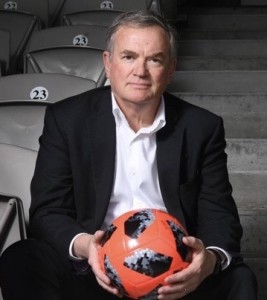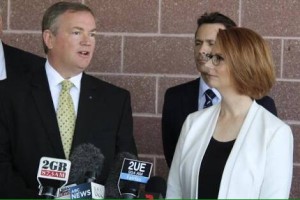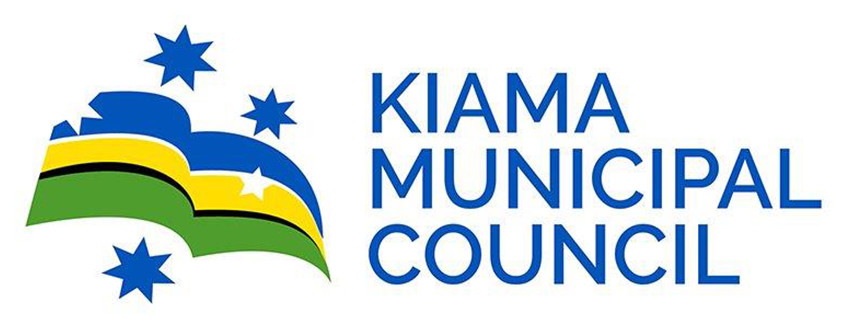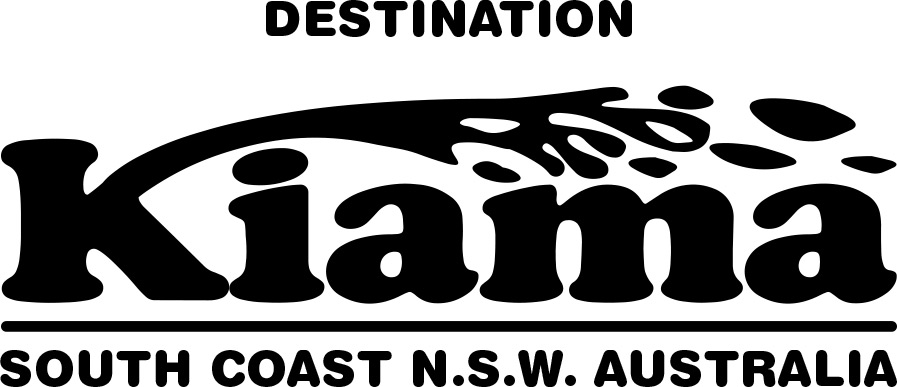When Chris Gardiner was appointed CEO of the Southern Expansion bid, he was a man on a mission.
The areas of Sutherland, Wollongong and St George had never been represented in the A-League and this was the perfect opportunity to expand the game in a region with over 40,000 registered players and a strong football tradition.
The figures all added up as Southern Expansion had the perfect profile but as Gardiner was to discover, Australian football isn’t always about logical decision making.
In this interview with Roger Sleeman, Chris Gardiner puts his cards on the table about the failed bid of Southern expansion.
ROGER SLEEMAN
What is your football background?
CHRIS GARDINER
Until recently, I was on the Board of FNSW and prior to that I headed the Judiciary for a number of years.
I ran Parramatta Eagles from 2007 after they were relegated to NPL 2 and I was President when we took them back to NPL 1 in 2010.
I ran a Futsal Premier League club for a number of years and was a local football player, referee and junior club coach in Hazelbrook.
R.S.
Why did you get involved with the game beyond the local level, knowing its fragmented history?
C.G.
I was a working class boy from Maroubra in the mid 60’s when league and union dominated but became involved when my kids started playing junior football in the 80’s.
I fell in love with the game while coaching my boys and taking up refereeing.
I always held a very strong view how Futsal can improve skills and was instrumental in Parramatta Eagles joining the NSW Futsal League.
After leaving the Parramatta club, I was asked to join the judiciary at FNSW which was a great challenge in those years.
I took the stance in the role that my job was to protect the game and manage resources better.
R.S.
Your view of your experience on the Board of FNSW?
C.G.
I was on the Board for a little over two years and I can only comment on the current Board whose focus should be on running high quality competitions and shifting resources to benefit the grass roots area.
When I was elected there was a constitutional crisis and primarily there was a need to avoid court action, bringing back Castle Hill who had lost thousands of players due to a split, and reform of the NPL structure because we didn’t have enough referees to cover games.
Consequently, I was involved with streamlining these issues and also pushed for a review of Futsal.
In my view, if we run elite competitions, they have to be high quality and this Board played an exemplary role in the governance debates for clear transparency in the game.
We made it quite clear to our stakeholders why we held certain positions and pushed for governance to allow more stakeholder involvement. At the end of last year when I resigned from the Board, I pursued my committment to the Futsal reforms.
R.S.
Does FNSW promote the NPL sufficiently?
C.G.
Some improvements in digital media to promote the game have been achieved but I believe there are too many games and leagues so a rationalisation is required to improve standards.
Unfortunately, some clubs may have to lose their licences and return to amateur football.
Also, we have to provide incentives for clubs to invest through a three year licensing period, rather than one year.
Sadly, we get no real support from the FFA for second tier football and FSNW has a big responsibility to look after grassroots and NPL football without adequate assistance.
R.S.
Did Southern Expansion bite off more than it could chew by including St George, Sutherland and Wollongong in their bid, given the fact Sydney FC were always going to fight for their territory?
C.G.
Sydney had not been servicing these areas which were football hungry, especially St George which hadn’t engaged with Sydney FC.
After twelve years and three premierships, the St George membership was 900 members and we were budgeting for 5,500 members in the first three years.
Co-incidentally, when the FFA was looking at scrapping Wellington, they were looking at setting up a licence in the three areas and they had started conversations with the three associations.
We would’ve had a grass roots base of over 40,000 and Sydney would’ve still been left with 50-60,000 grass roots players in Eastern Suburbs, Canterbury-Marrickville and North Shore.
Sydney FC had done nothing and Balmain club in the Canterbury Association ended up signing an agreement with the Wanderers due to Sydney FC’S inactivity.
Therefore, we entered into an agreement with the three asssociations, although there was pressure from St George to cut Wollongong and vice versa.
We made a case to the FFA that this was a huge area which had been untapped and not engaged by Sydney FC.
The irony of our failure was, we possessed the best financial investment and clearly we offered a better deal than South West who submitted a payment plan.
We offered sixteen million upfront, an investment in training facilities in the tens of millions and also the training facilities of Jubilee Oval, Shark Park and WIN Stadium.
R.S.
So what was the real basis for the decision?
C.G.
A Board elected which was committed to Sydney FC and a decision made to protect the licence value of Sydney FC and Wanderers.
D.T.
What part did Danny Townsend, the Sydney FC CEO, play in advancing Sydney FC ‘S presence?
C.G.
Danny was more alert with community engagement and linking with the football partners than his predecessors were but it was too late for Danny as the club lacked credibility.
We believed before the new Board was elected, we had a good chance but I believe a deal was done to keep us out as well as South Melbourne.
R.S.
Your comment on the South West successful bid?
C.G.
How the deal was brokered when South Western had a ground at Campbelltown and could’ve played next season raised a major question mark.
The fact was, they were put off for a year because Wanderers needed time till next season to build up their membership south of the M4 and they could be confident the South West bid would be merely a Campbelltown bid.
The FFA created a data room and made available figures based on 2017 findings.
From the data for St George Sutherland, it was showing 20-22%, not 30% which Sydney was quoting as the support numbers for their club.
In St George, it showed there were 900 members in twelve years and we offered to compensate Sydney FC.
Even if you accept their supporter numbers as 30% from St George to Wollongong, from the 40,000 registered footballers plus non playing supporters, you’ve still only got 5,000 after twelve years in the A-League from their total membership of 15,000.
Other data which FFA revealed, proved when Wanderers were introduced, Sydney FC membership grew which supported our inclusion because local derbies would increase membership and support of the game.
R.S.
How did the Chinese investors react when your bid failed?
C.G.
The Chinese initially felt it was racist because we had the best offer with the most money and based on the data it was the best deal.
We told them it wasn’t on racist grounds but just based on the politics of the FFA and they were considering investing in South West.
Originally, we asked the FFA what their preference was because in the south west our backers own property but we were told there was no preference.
Hence, we told our backers the best place to invest was in Southern Expansion.
Critically, our backers were insulted, there was a huge loss of face and they withdrew straight away. Tragically, with this unforgiveable decision, a twenty million investment in the game plus a potential twenty million investment in facilities was lost in one foul swoop.
R.S.
I was informed by a rugby league contact, that your backers were talking to Cronulla Leagues Club about purchasing Shark Park.
Can you comment?
C.G.
We’d started negotiations with the Sharks and we’re talking about tens of millions of dollars lost to the game in the area I believe would’ve generated a large following with a most successful club.
R.S.
You were the most capitalised club yet the West Melbourne bid with no home ground for three years was successful.
Your comment?
C.G.
I can’t comment too much about Melbourne but the data suggested Canberra and Brisbane may have been more appropriate.
Therefore, a licence was granted on developers building a stadium with the development market declining and one to South West who said they had the money and are now on a payment plan.
We showed a bank statement with twenty million in funds and promised the week after we were successful, sixteen million would be transferred in upfront cash to a holding account.
R.S.
You were going to employ Craig Johnston in youth development.
How can the game not utilise the expertise and public image of the most decorated Australian footballer?
C.G.
We keep looking overseas for a curriculum because we don’t have a proper one.
We have Craig Johnston and Craig Foster who were to be part of our club and would’ve introduced major advances and technologies to the game.
This was to be an Australian approach which would’ve benefited our juniors immensely.
R.S.
What is your view on former players not being recognised in the game?
C.G.
We were going to give formers players free membership of the club to recognise their contribution which seems to be in the all too hard basket for the current FFA administration.





